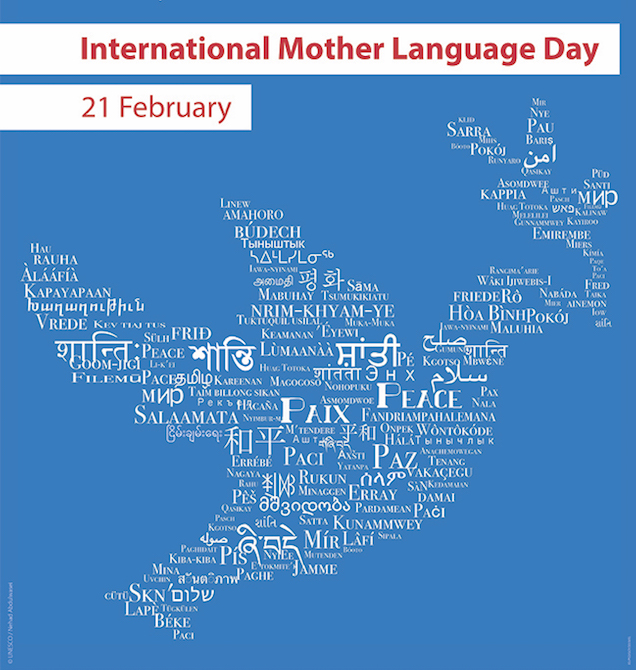From a physical point of view, syllables reflect the fact that speaking involves oscillatory opening and closing of the vocal tract at a frequency of about 5 Hz, with associated modulation of acoustic amplitude. From an abstract cognitive point of view, each language organizes phonological features into a sort of grammar of syllabic structures, with categories like onsets, nuclei and codas. And it's striking how directly and simply the physical oscillation is related to the units of the abstract syllabic grammar — there's no similarly direct and simple physical interpretation of phonological features and segments.
This direct and simple relationship has a psychological counterpart. Syllables seems to play a central role in child language acquisition, with words following a gradual development from very simple syllable patterns, through closer and closer approximations to adult phonological and phonetic norms. And as Lila Gleitman and Paul Rozin observed in 1973 ("Teaching reading by use of a syllabary", Reading Research Quarterly), "It is suggested on the basis of research in speech perception that syllables are more natural units than phonemes, because they are easily pronounceable in isolation and easy to recognize and to blend."
In 1975, Paul Mermelstein published an algorithm for "Automatic segmentation of speech into syllabic units", based on "assessment of the significance of a loudness minimum to be a potential syllabic boundary from the difference between the convex hull of the loudness function and the loudness function itself." Over the years, I've found that even simpler methods, based on selecting peaks in a smoothed amplitude contour, also work quite well (see e.g. Margaret Fleck and Mark Liberman, "Test of an automatic syllable peak detector", JASA 1982; and slides on Dinka tone alignment from EFL 2015).
In this post, I'll present a simple language-independent syllable detector, and show that it works pretty well. It's not a perfect algorithm or even an especially good one. The point is rather that "syllables" are close enough to being amplitude peaks that the results of a simple-minded, language-independent algorithm are surprisingly good, so that maybe self-supervised adaptation of a more sophisticated algorithm could lead in interesting directions.
Read the rest of this entry »






